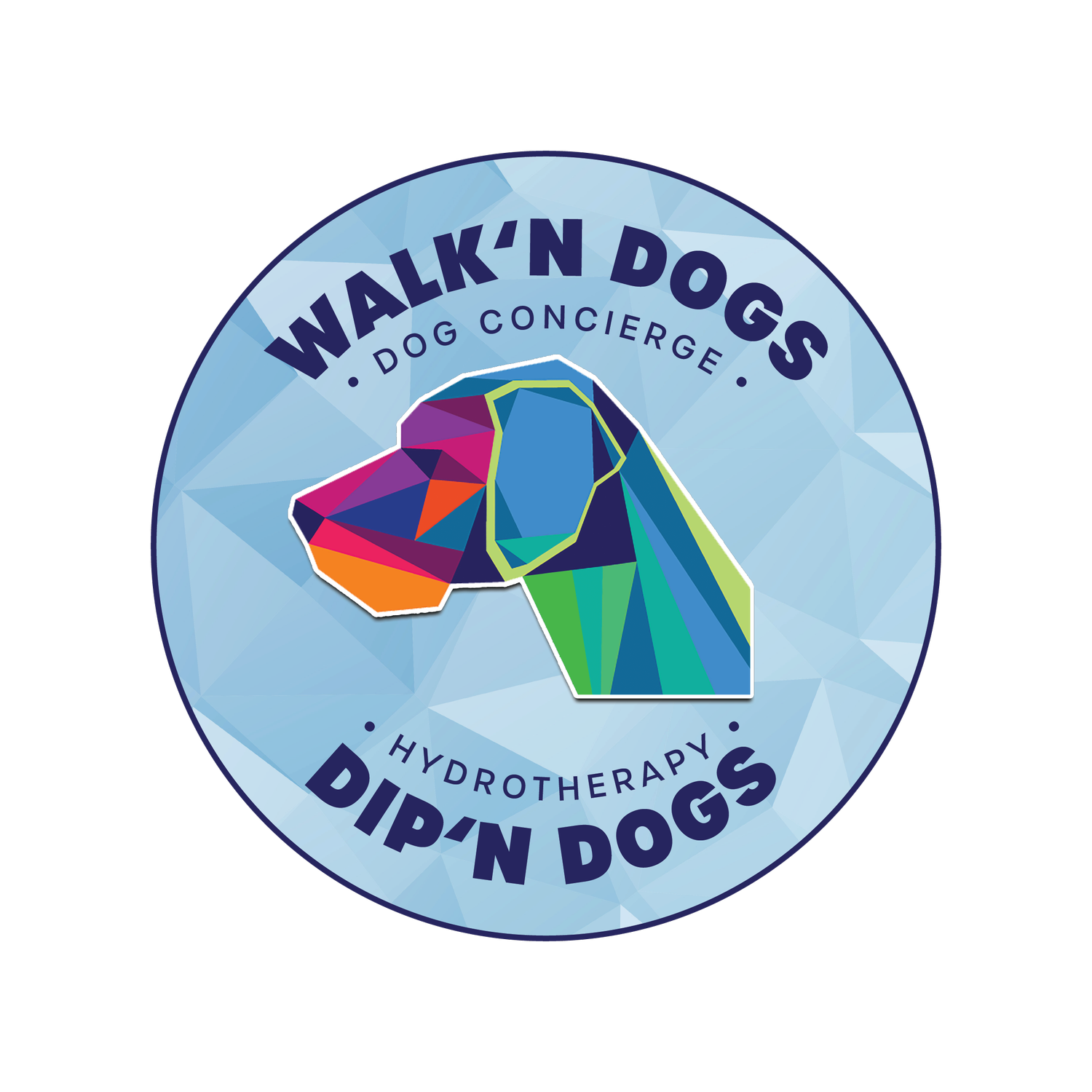Preventing Orthopedic Injuries with Low-Impact Exercises
As dog owners, we love to see our furry friends bounding with energy, eagerly ready for a game of fetch or a long hike in the great outdoors. However, with this active lifestyle comes the risk of orthopedic injuries, particularly in breeds prone to joint problems or in aging dogs. Fortunately, there are ways to keep our canine companions fit and healthy while minimizing the risk of orthopedic issues. In this blog, we'll explore the importance of preventing orthopedic injuries in active dogs and how incorporating low-impact exercises into their routine can be beneficial.
The 411 on Orthopedic Injuries in Dogs:
Orthopedic injuries in dogs can range from sprains and strains to more serious conditions like cruciate ligament tears and hip dysplasia. These injuries can be caused by sudden movements, repetitive stress, or simply wear and tear on the joints over time. Certain breeds are predisposed to orthopedic issues due to their genetics, while factors like obesity and overexertion can exacerbate the risk for any dog.
The Role of Exercise in Orthopedic Health:
Exercise is crucial for maintaining a dog's overall health and well-being, but it's essential to strike a balance between keeping them active and protecting their joints. High-impact activities such as jumping, running on hard surfaces, or strenuous agility training can put excessive strain on the joints, increasing the likelihood of injury, especially in dogs with underlying orthopedic vulnerabilities.
Benefits of Low-Impact Exercises:
Low-impact exercises provide a gentler alternative that still allows dogs to stay active and engaged. These activities reduce stress on the joints while still providing opportunities for physical and mental stimulation. Some benefits of low-impact exercises for dogs include:
1. Reduced Risk of Injury: Low-impact exercises minimize the strain on joints, ligaments, and tendons, lowering the risk of orthopedic injuries such as sprains, strains, and tears.
2. Joint Lubrication and Mobility: Gentle movement through activities like walking, swimming, or hydrotherapy helps lubricate the joints and maintain flexibility, promoting better mobility, especially in older or arthritic dogs.
3. Muscle Strengthening: Low-impact exercises can still engage muscles without putting excessive stress on the joints, helping to build strength and stability to support joint health.
4. Weight Management: Maintaining a healthy weight is essential for preventing orthopedic issues in dogs. Low-impact exercises can aid in weight management without putting undue pressure on joints, making them suitable for dogs of all sizes and fitness levels.
Examples of Low-Impact Exercises for Dogs:
Walking: Regular walks on soft surfaces like grass or dirt trails are excellent low-impact exercises for dogs of all ages.
Swimming: Swimming is an ideal low-impact activity that provides a full-body workout while minimizing stress on the joints.
Treadmill: Using a treadmill with a padded surface can allow dogs to get their exercise indoors, particularly beneficial during inclement weather.
Balance and coordination exercises: Incorporating activities like balance boards or obstacle courses can help improve proprioception and stability without strain.
Tips for Incorporating Low-Impact Exercises into Your Dog's Routine:
Start Slow: Gradually introduce low-impact exercises into your dog's routine, especially if they are not accustomed to them.
Monitor Intensity: Pay attention to your dog's energy levels and any signs of discomfort during exercise, adjusting intensity or duration as needed.
Mix It Up: Variety is key to keeping your dog engaged and preventing boredom. Rotate between different low-impact activities to keep things interesting.
Consult Your Vet: Before starting any new exercise regimen, particularly for dogs with existing orthopedic issues, consult with your veterinarian to ensure it's safe and appropriate for your pup.
Keeping our active dogs healthy and injury-free is a top priority for pet owners. By incorporating low-impact exercises into their routine, we can provide the physical activity they need while minimizing the risk of orthopedic injuries. Whether it's a leisurely stroll through the park or a refreshing swim in the lake, these gentle activities can help our canine companions stay fit, happy, and thriving for years to come.

